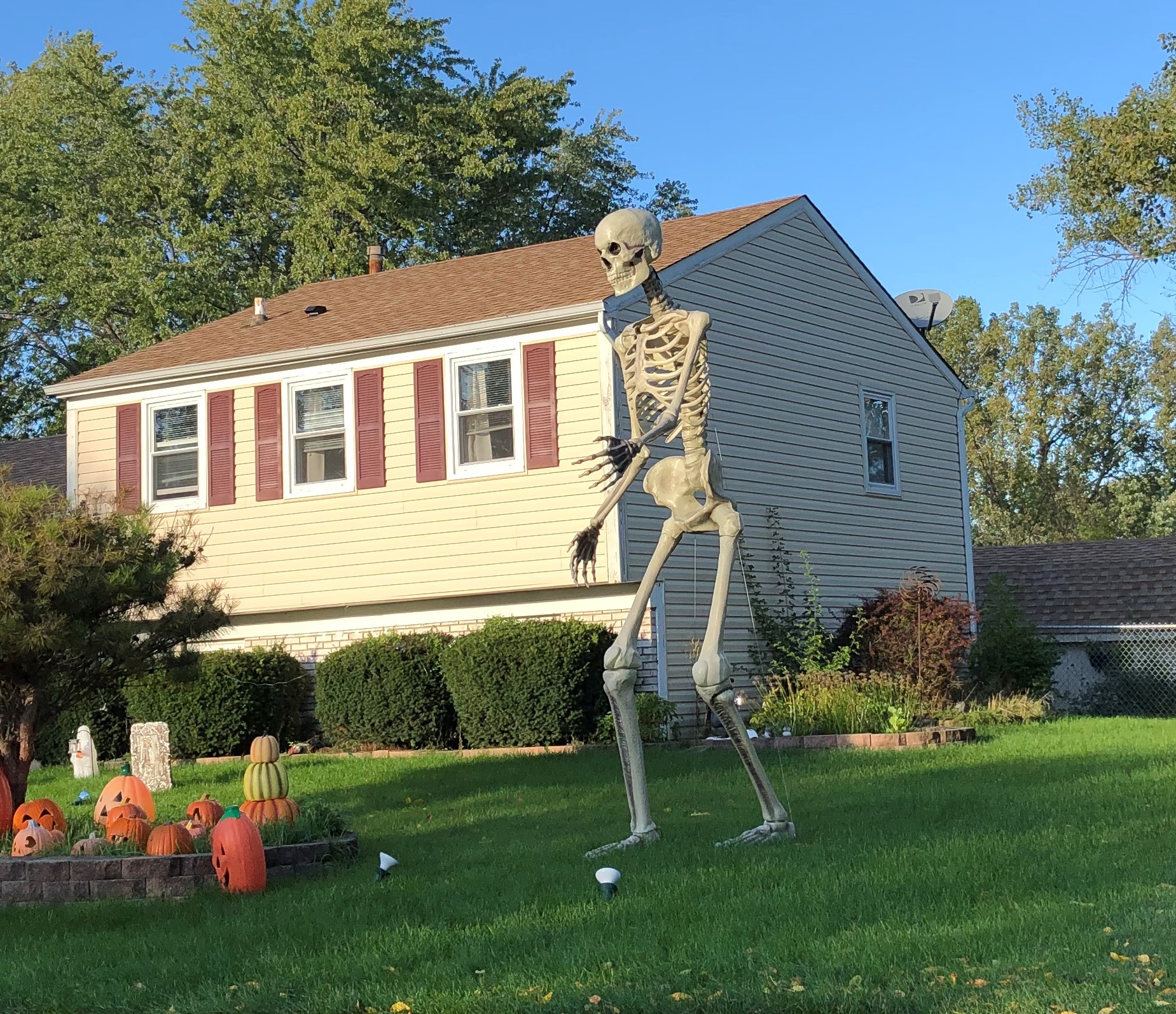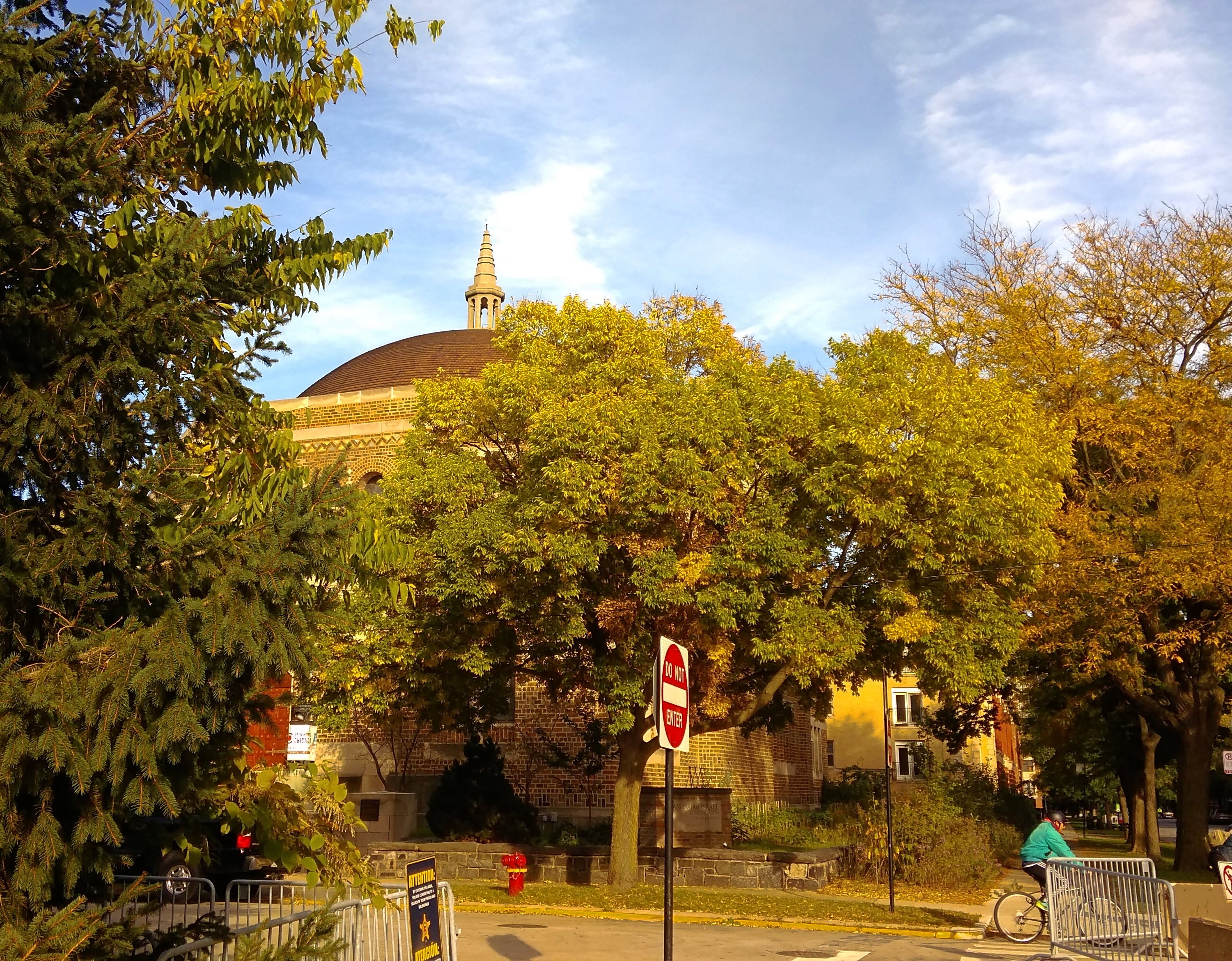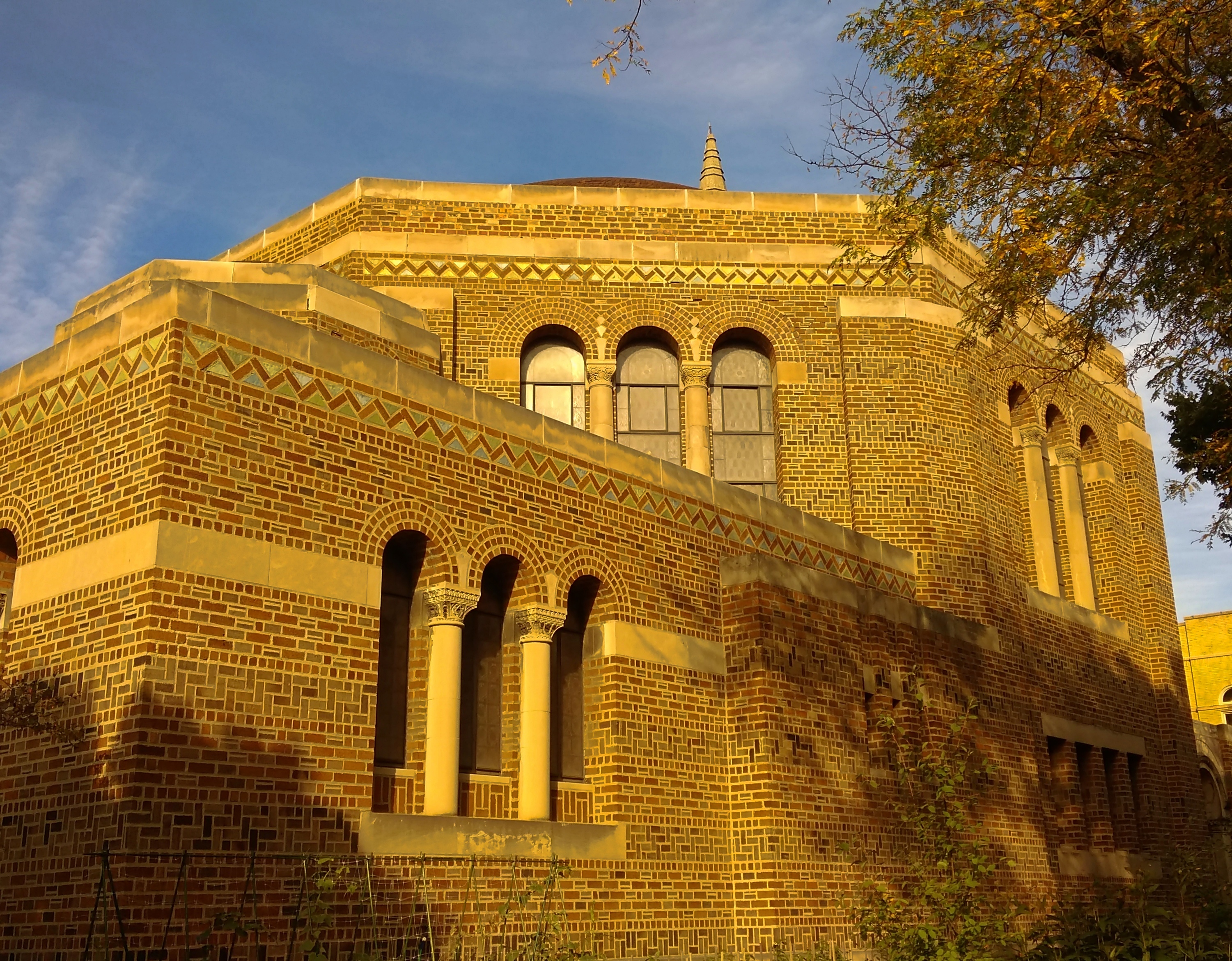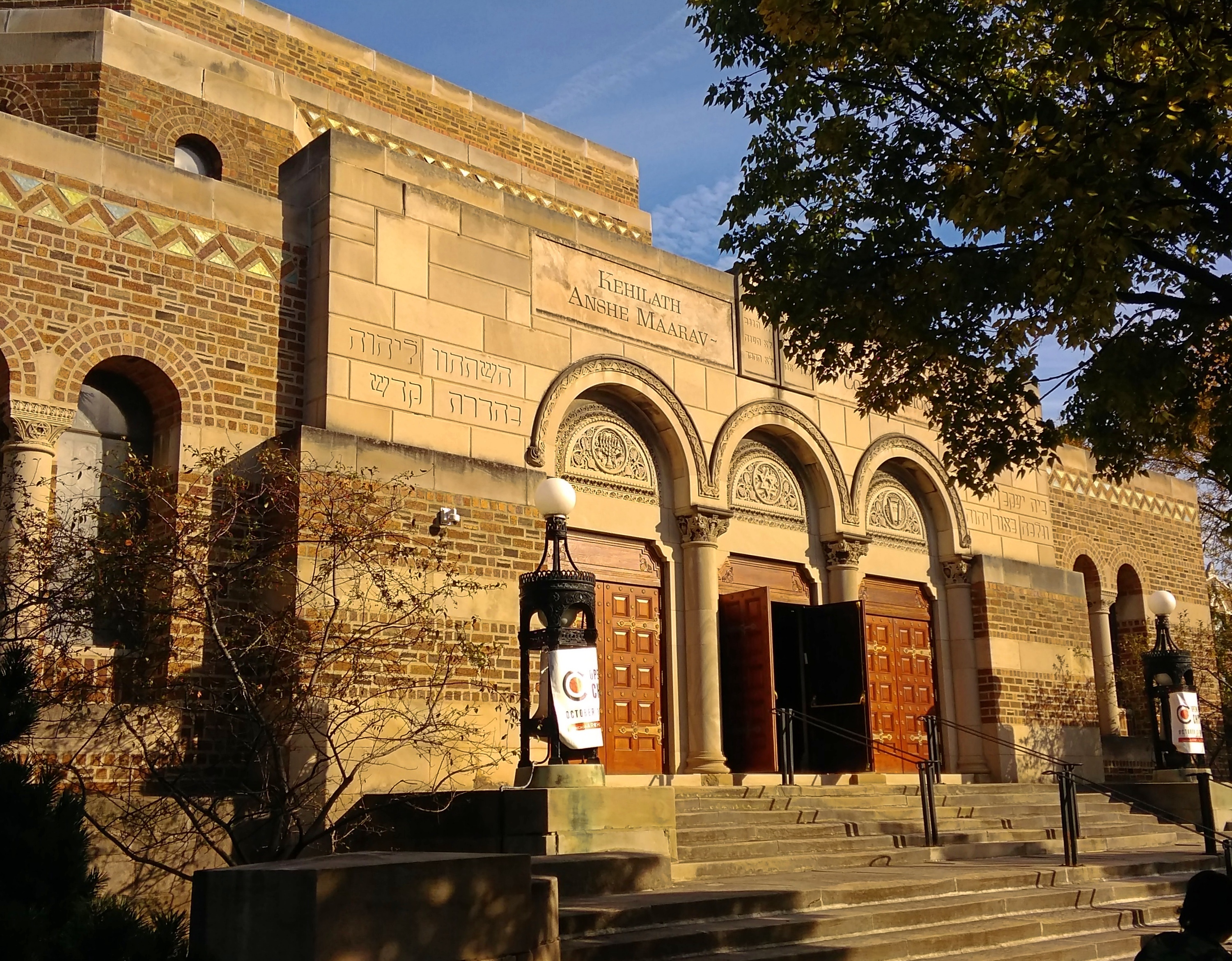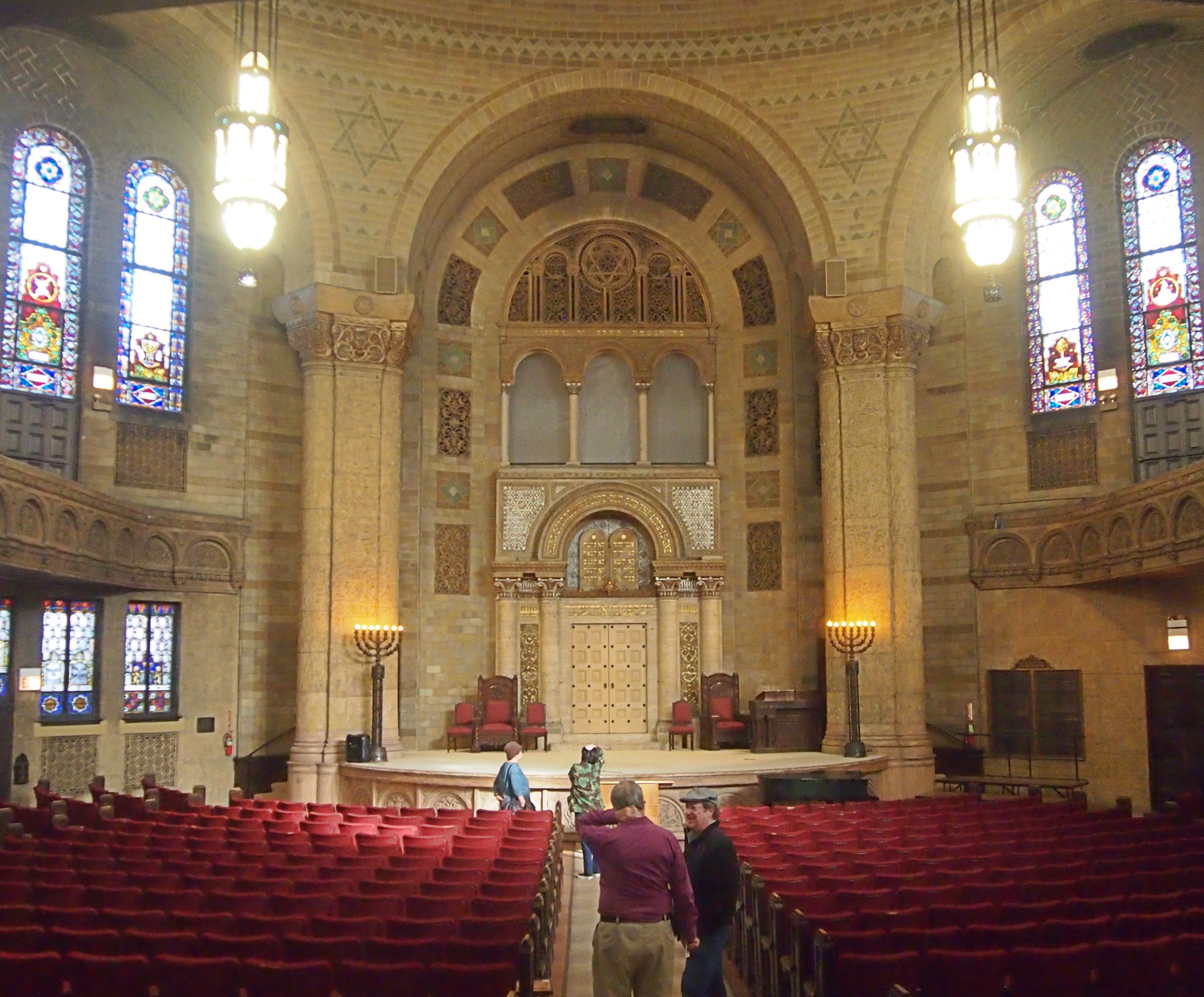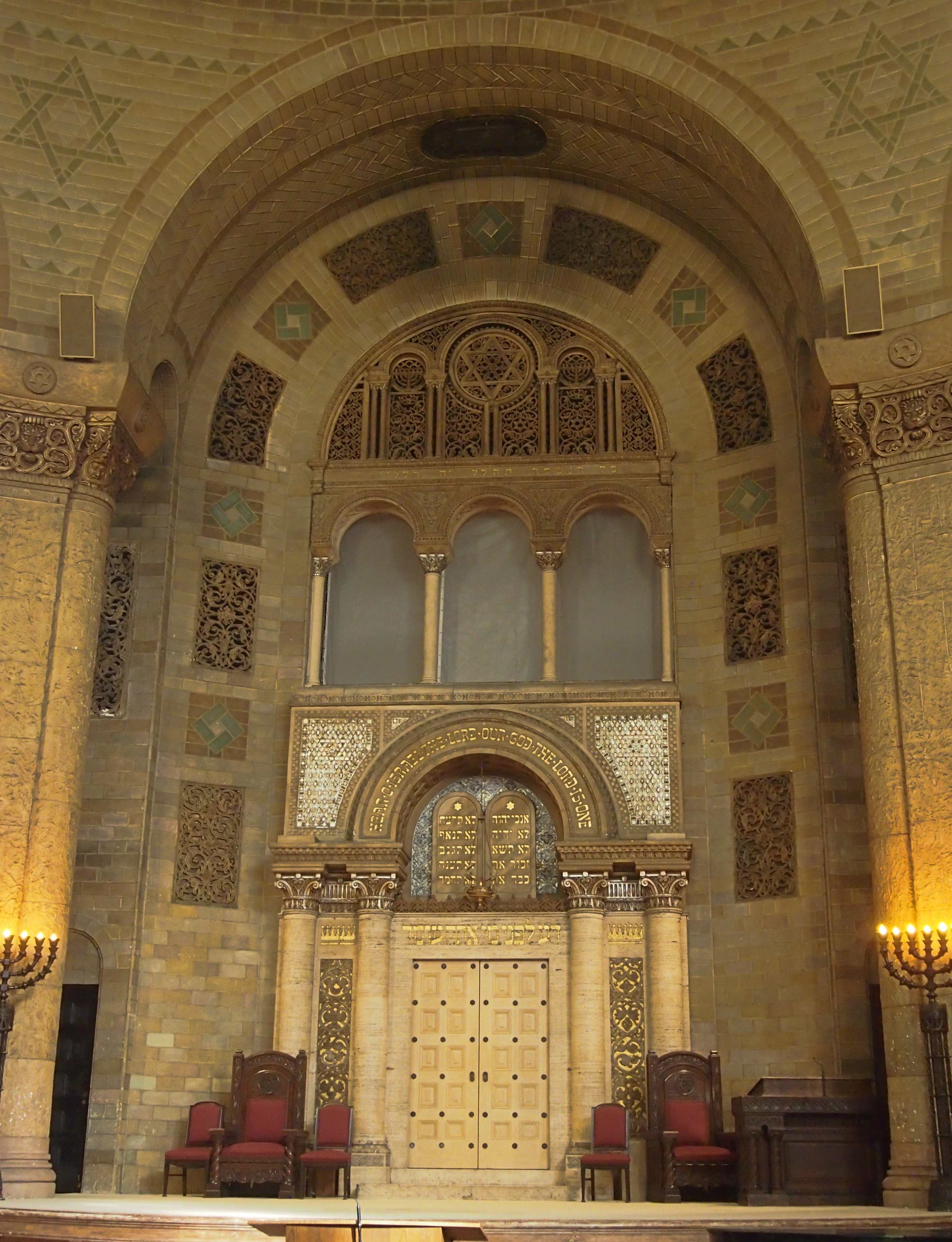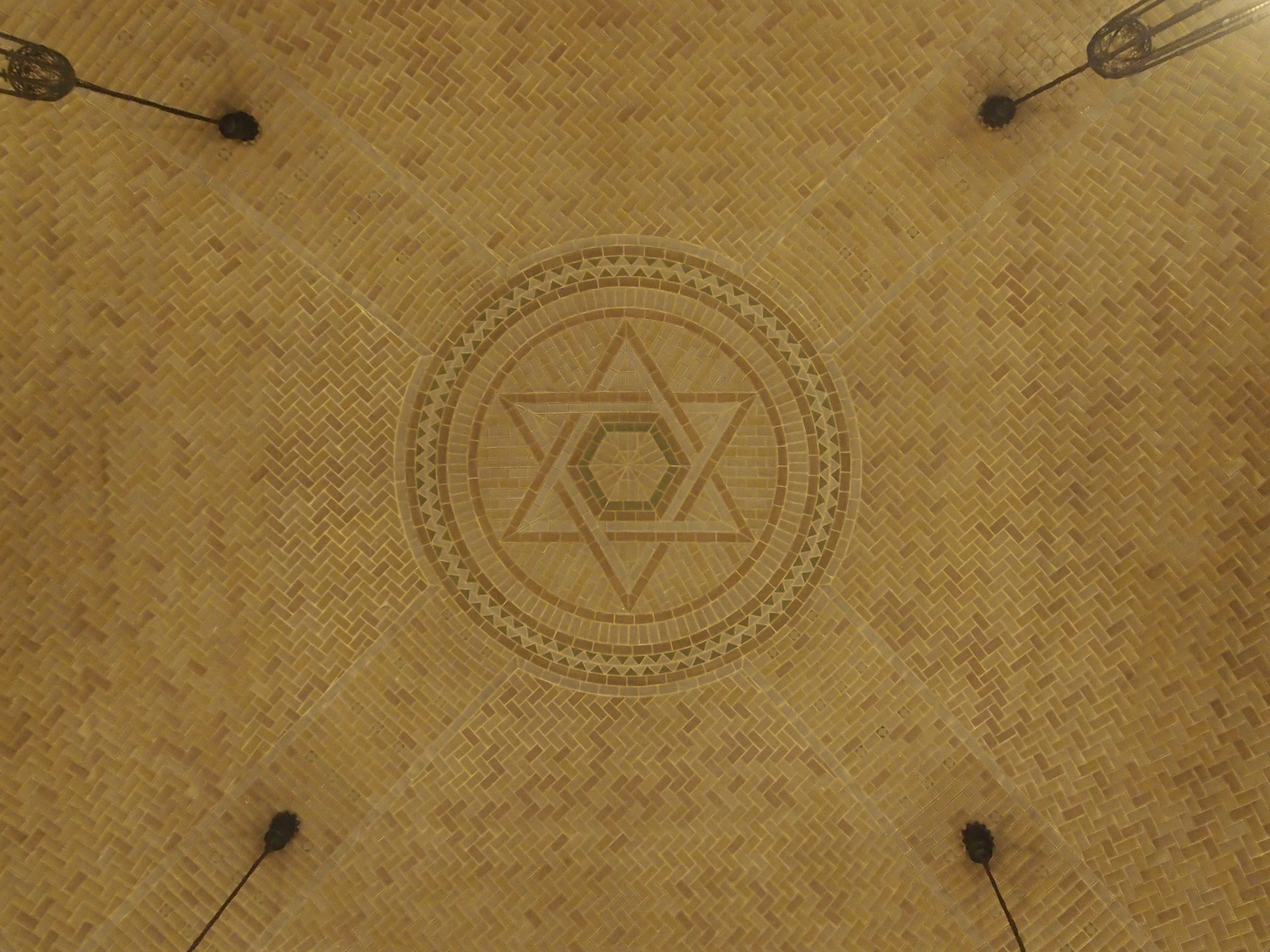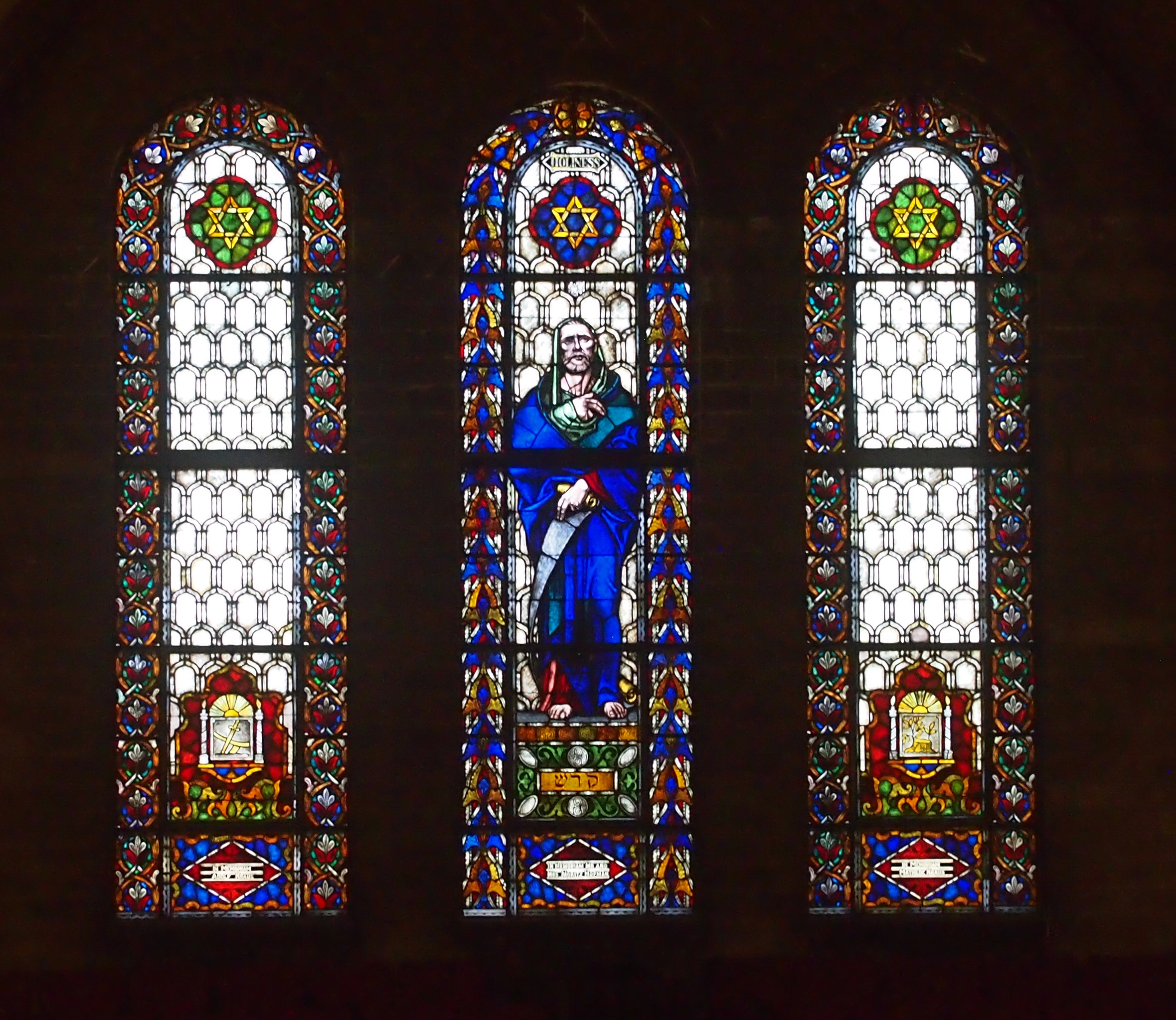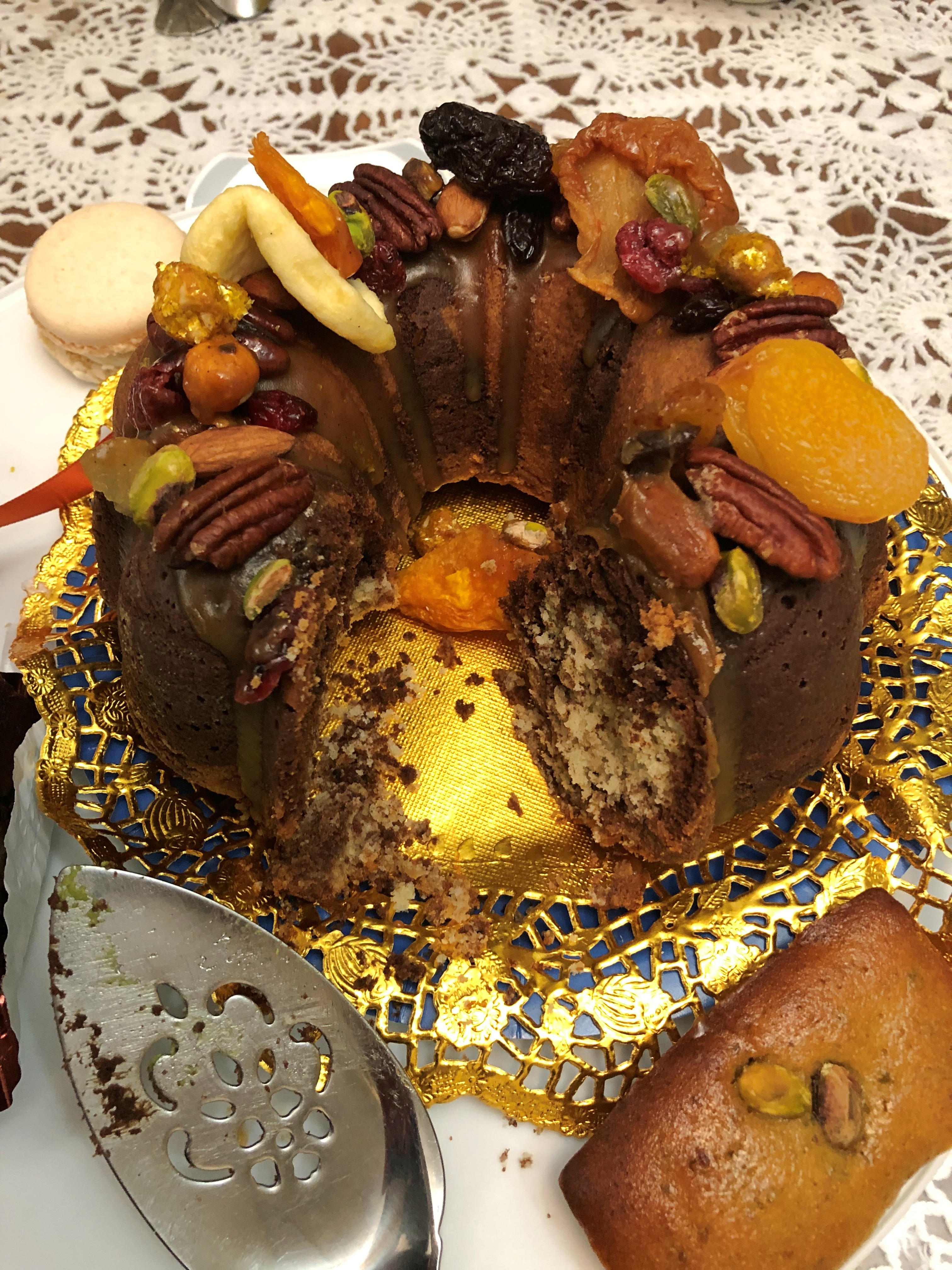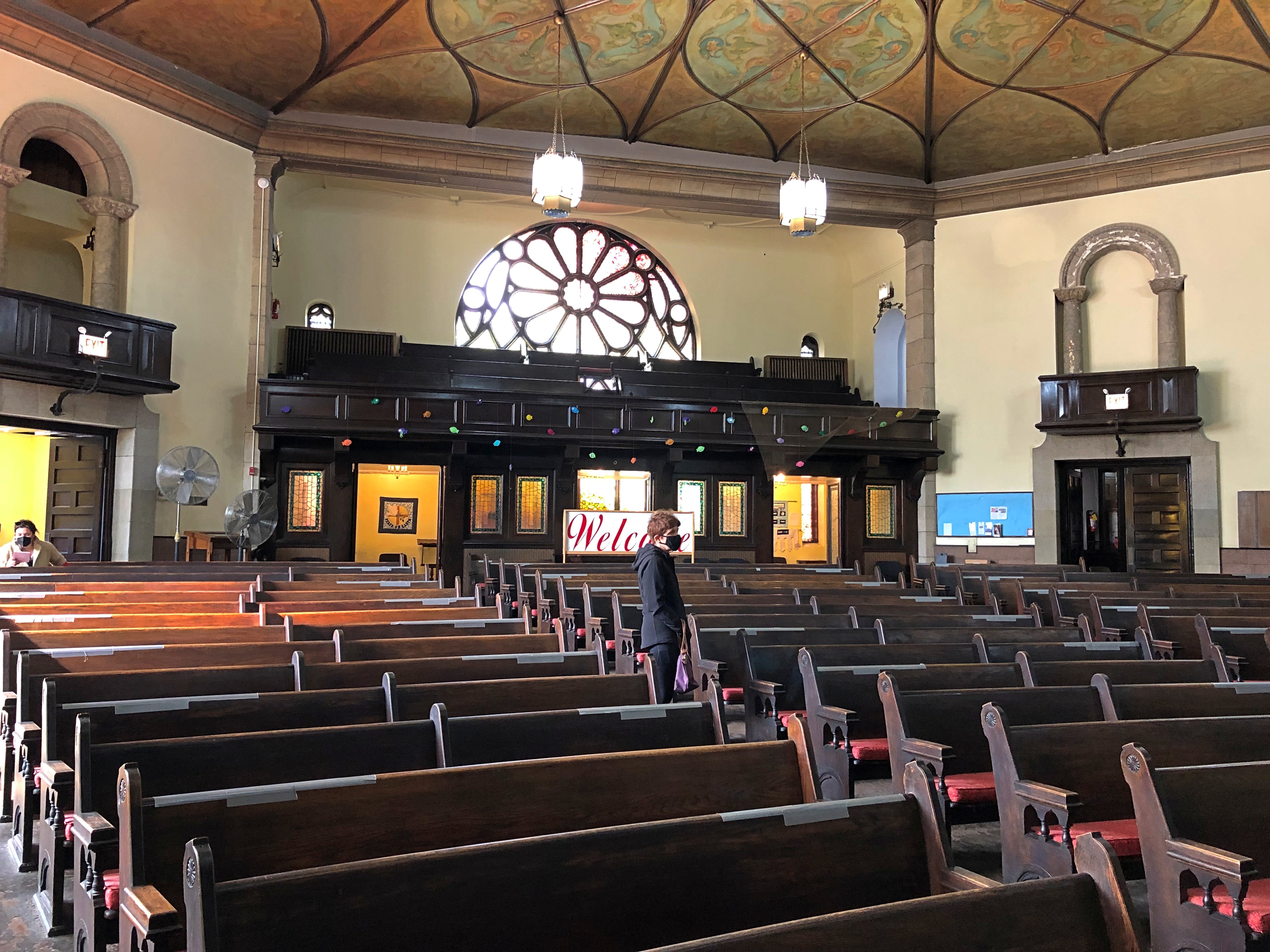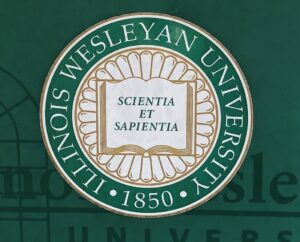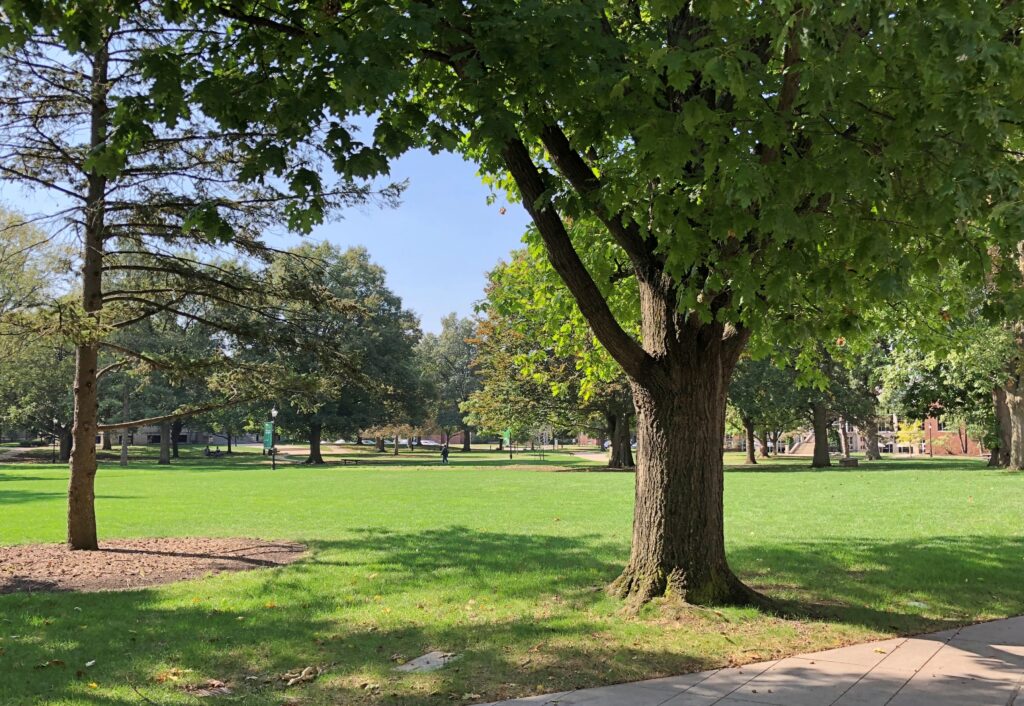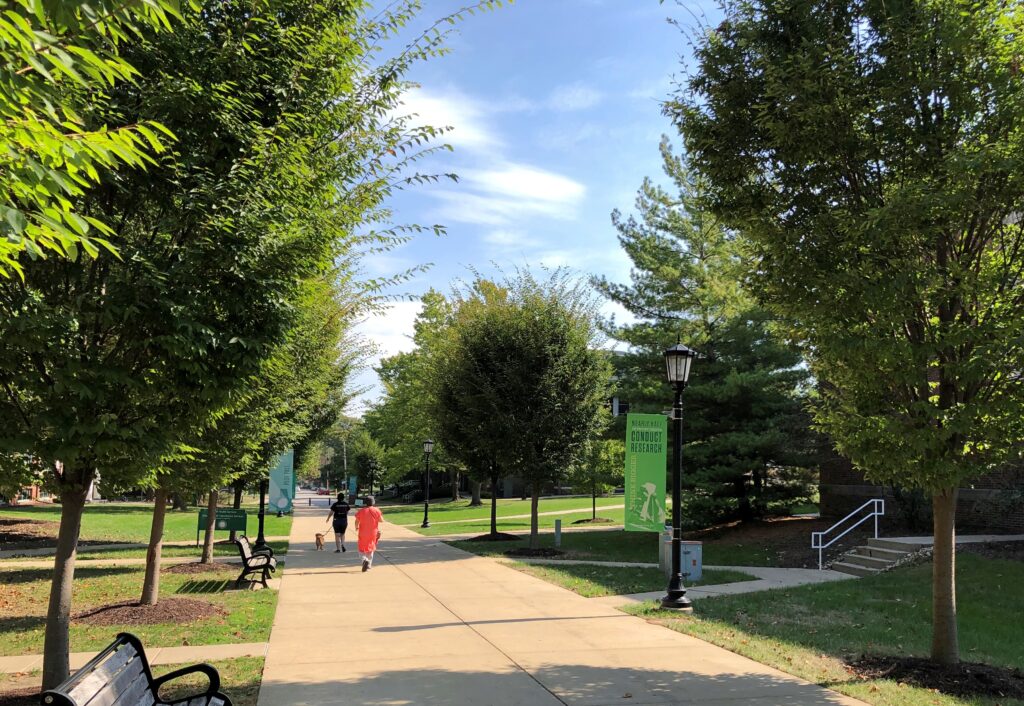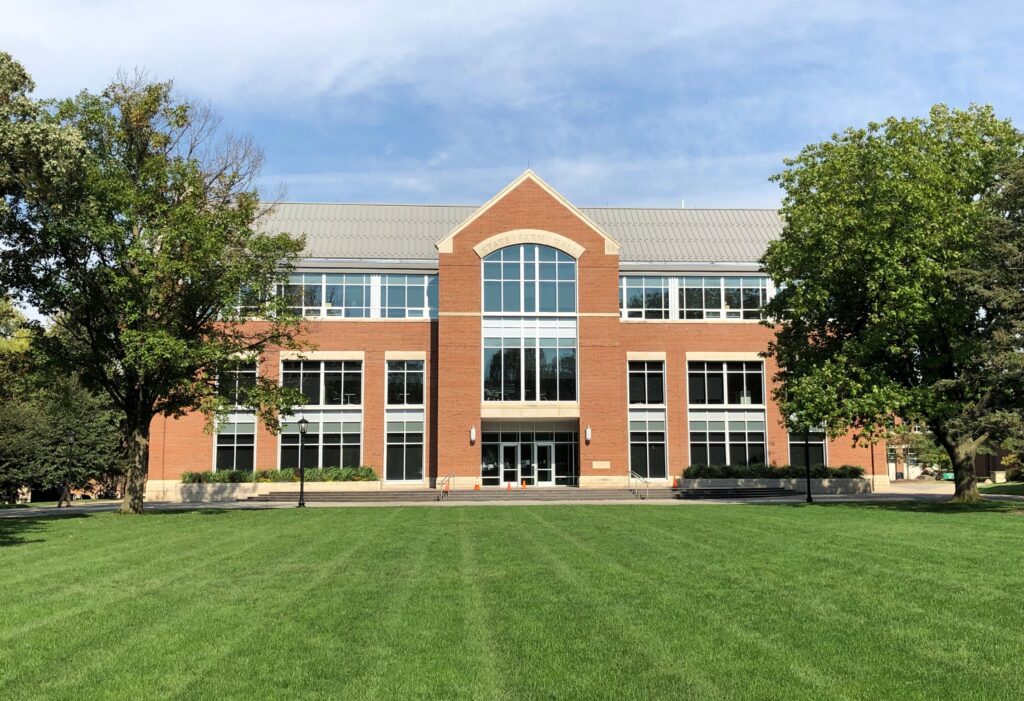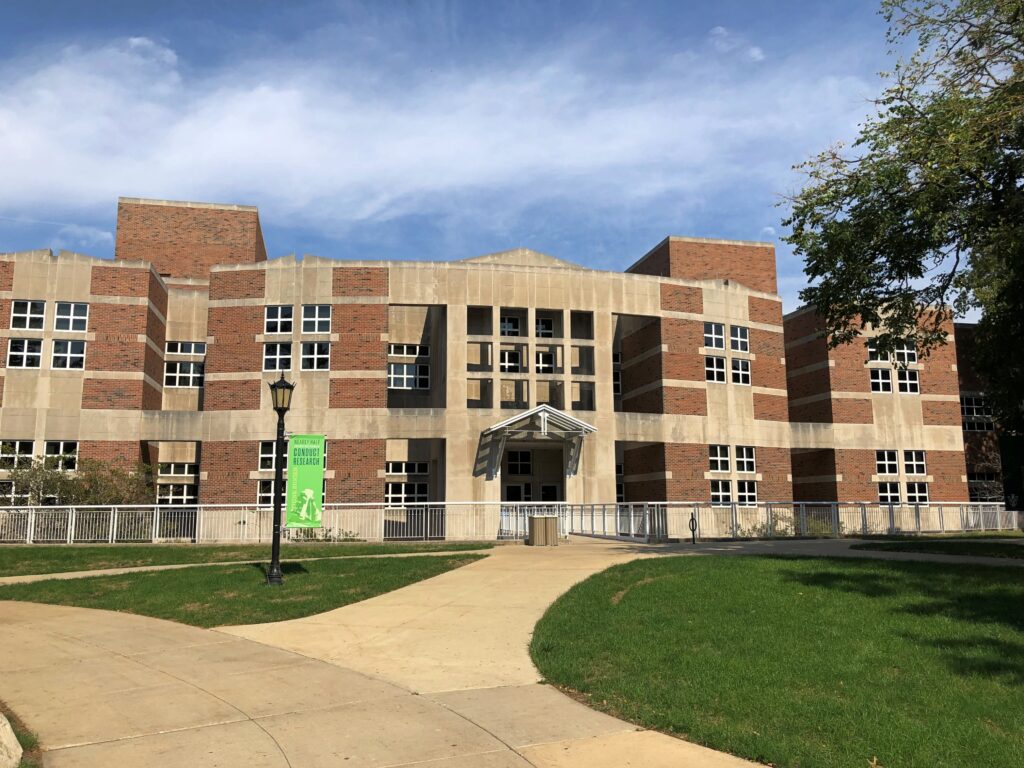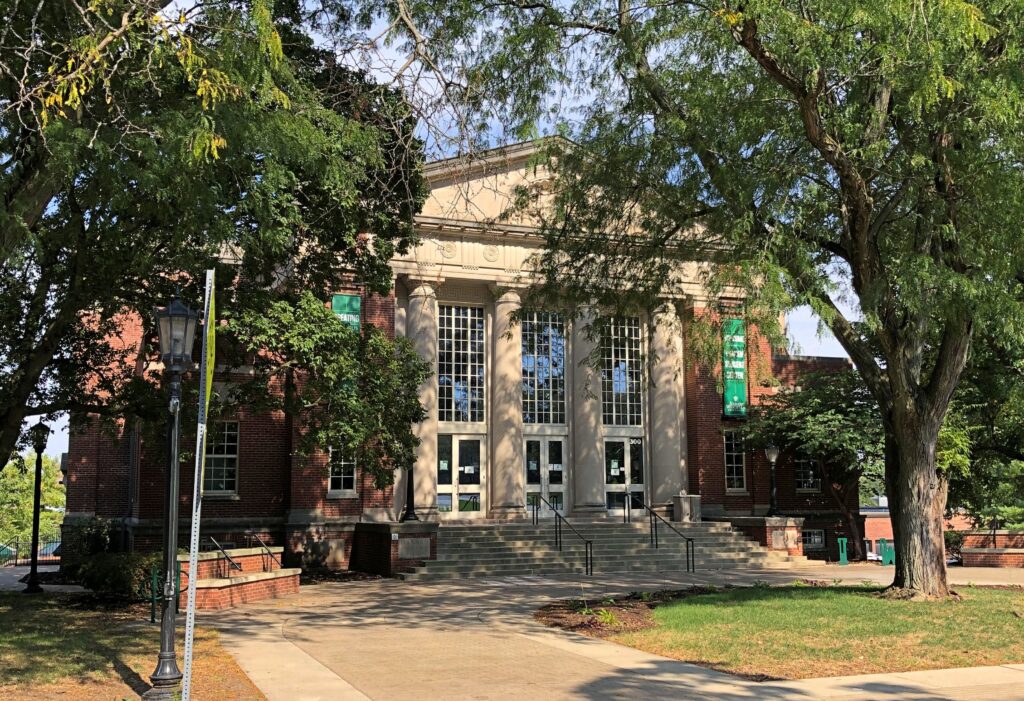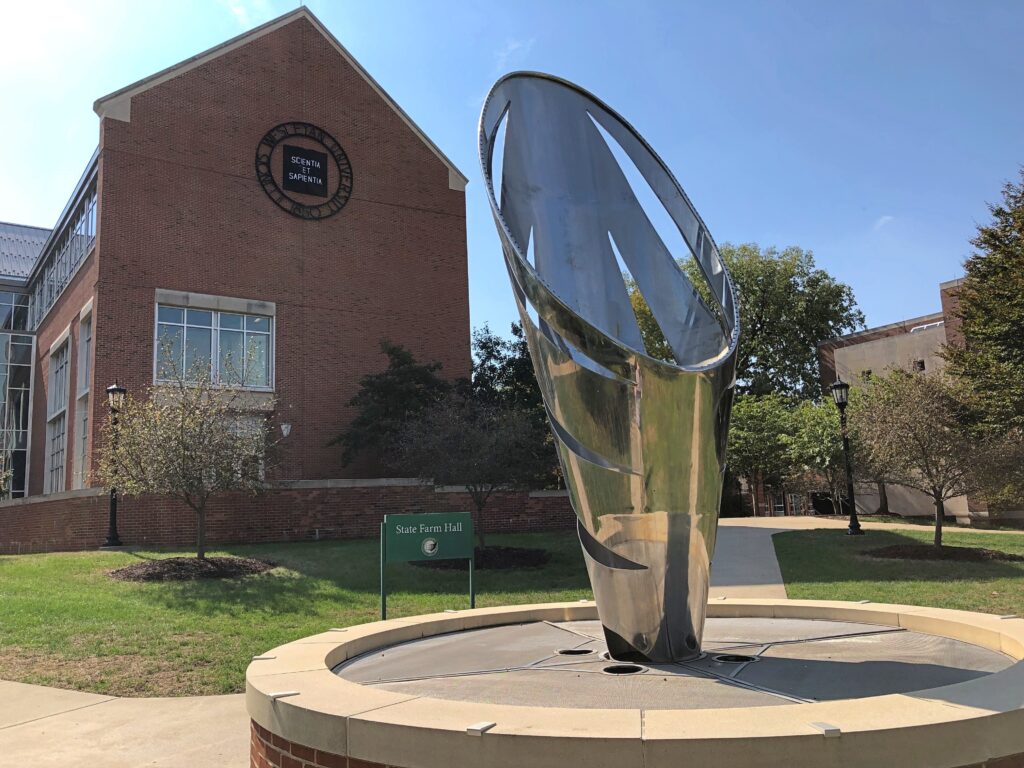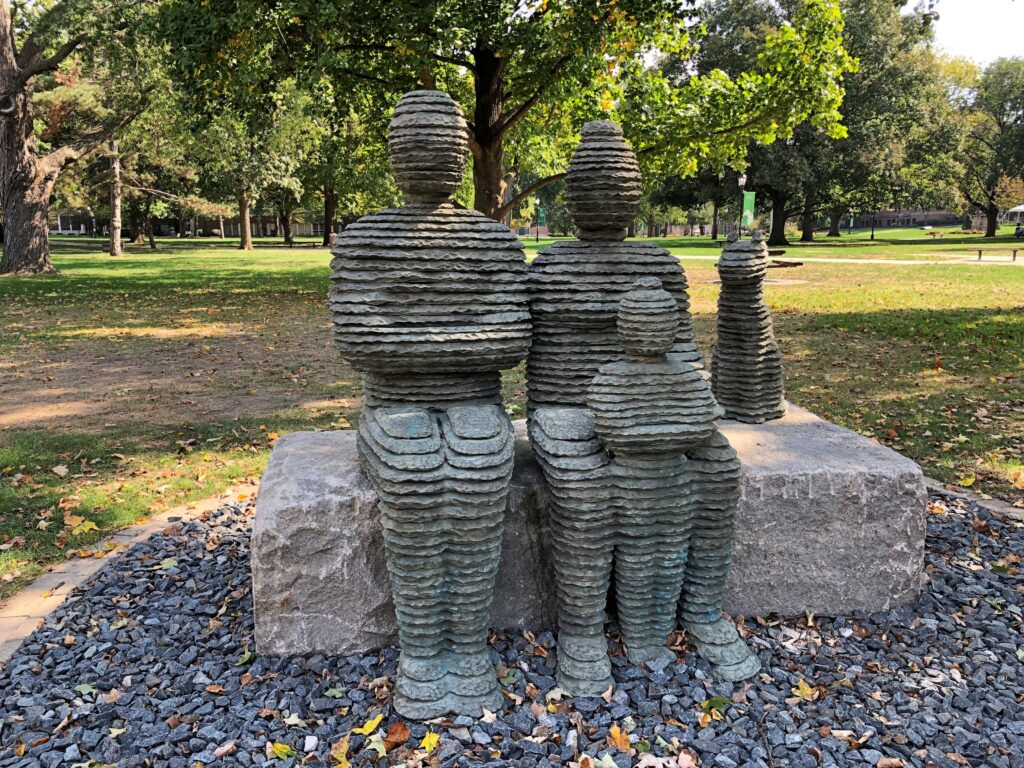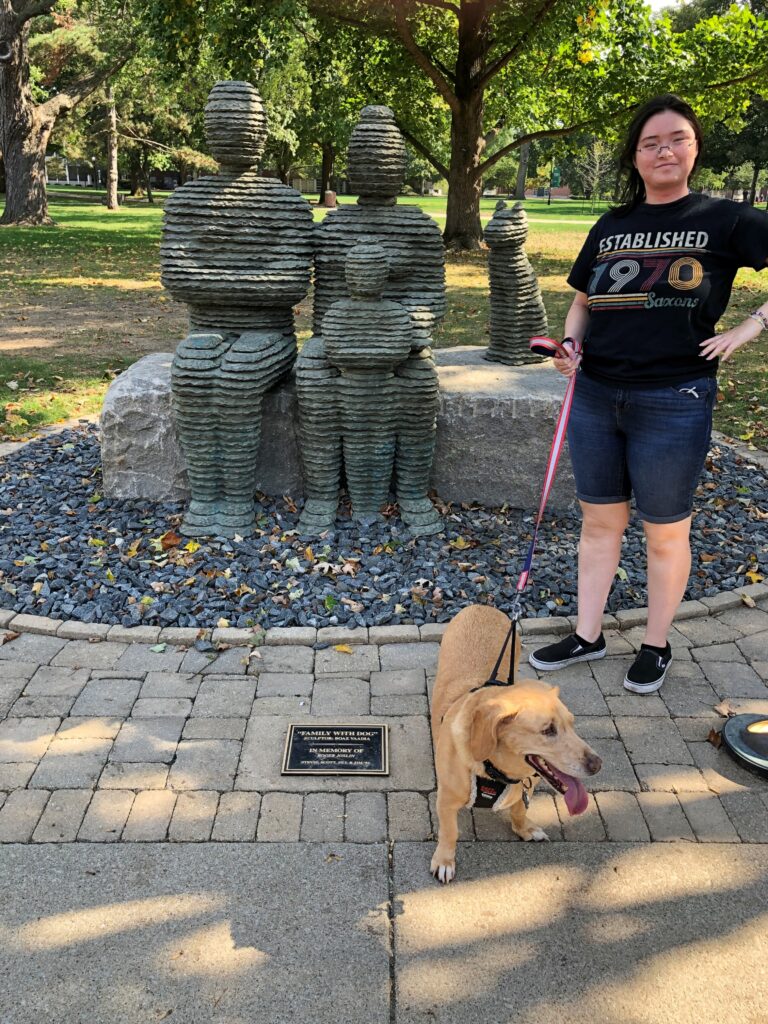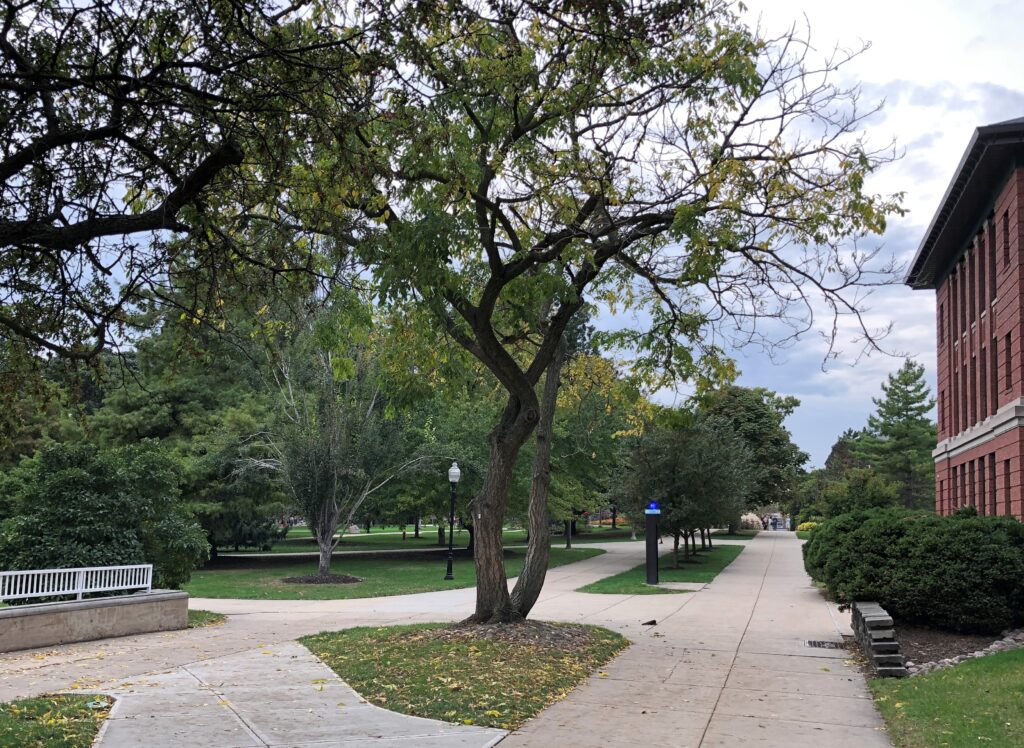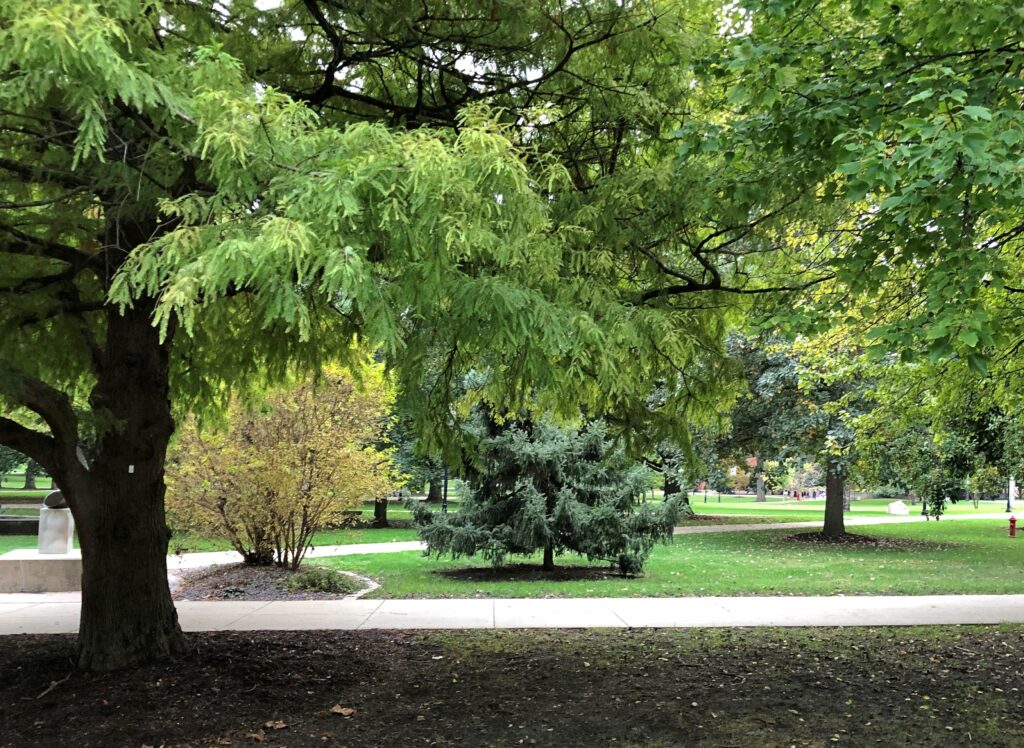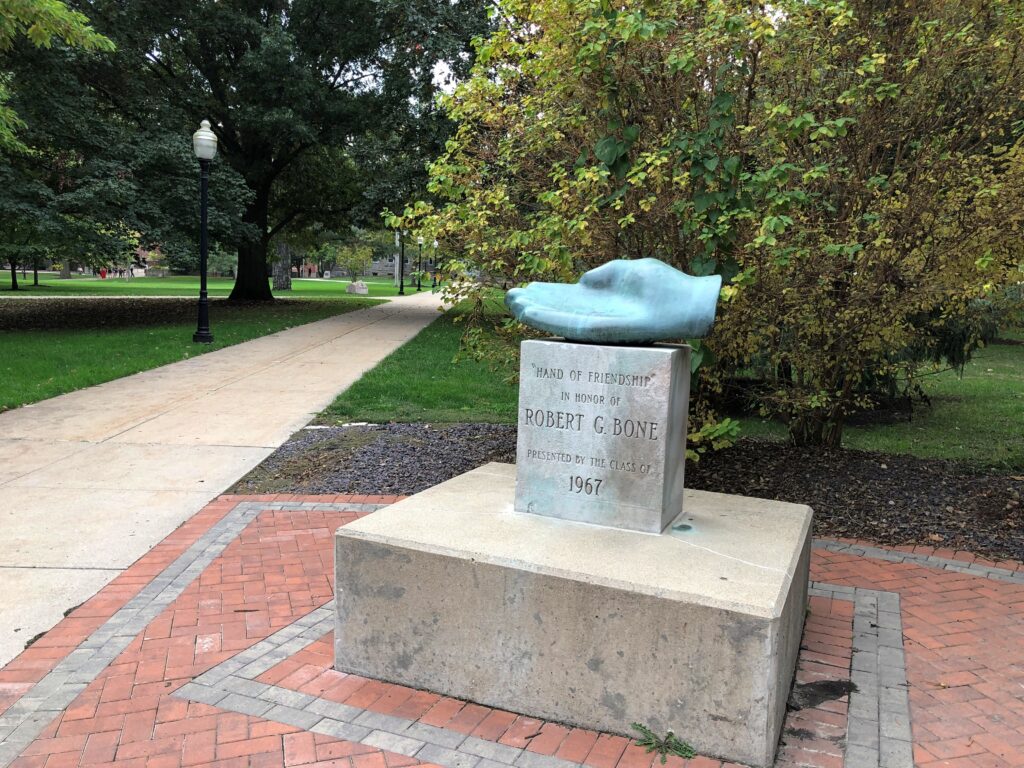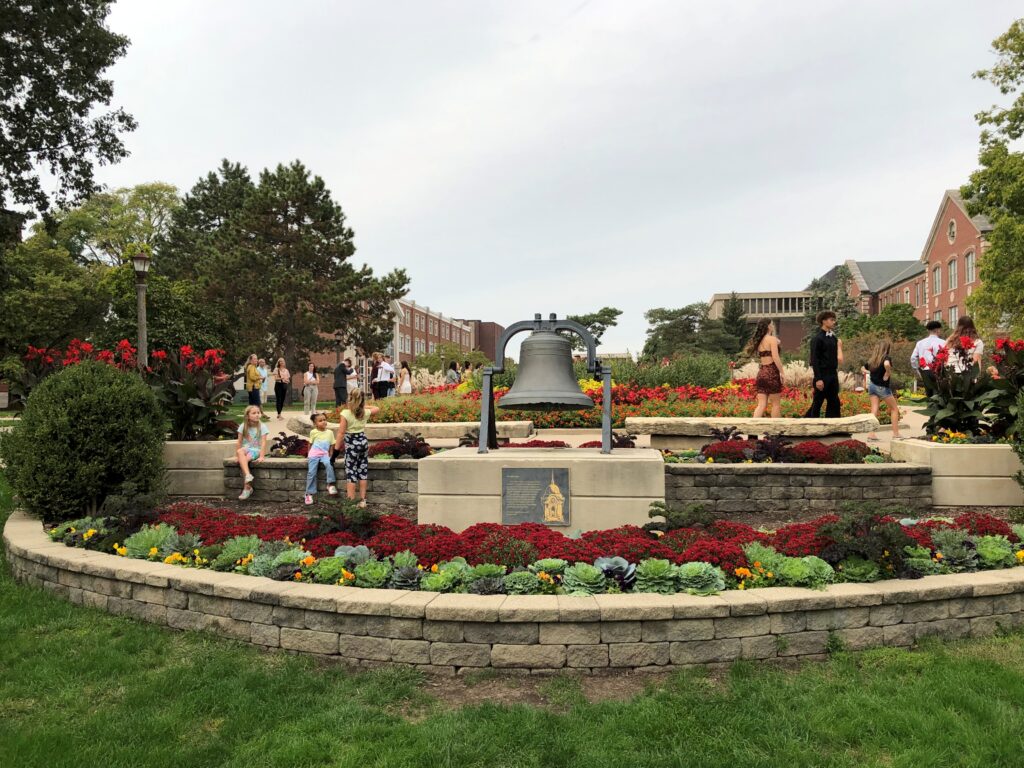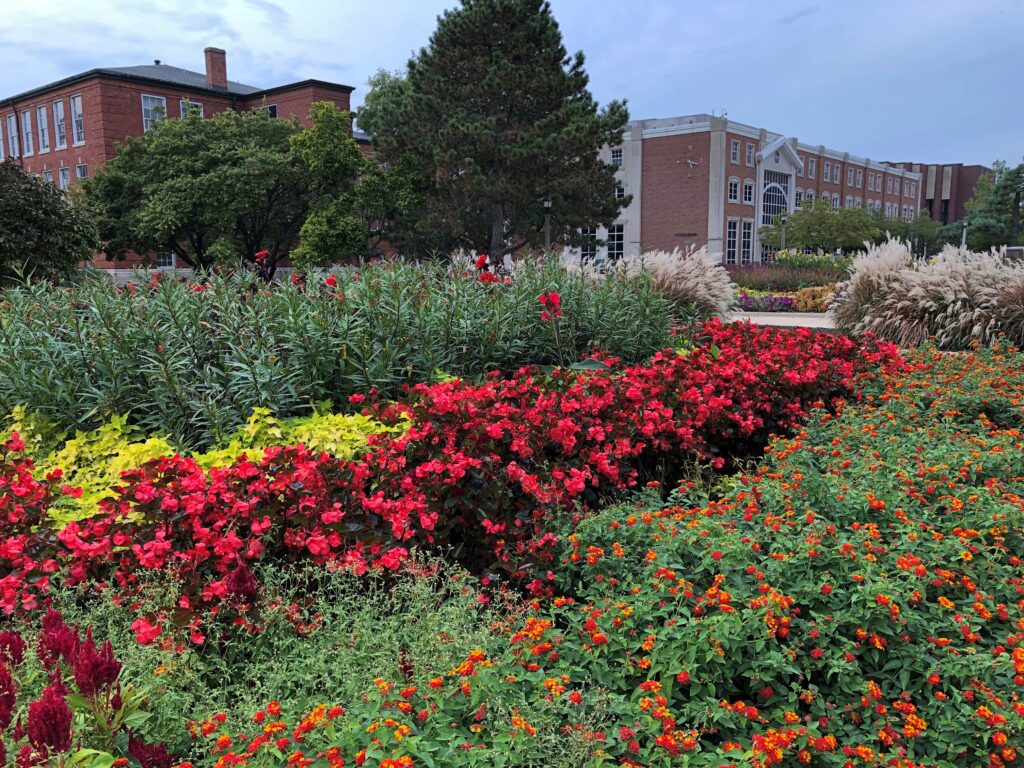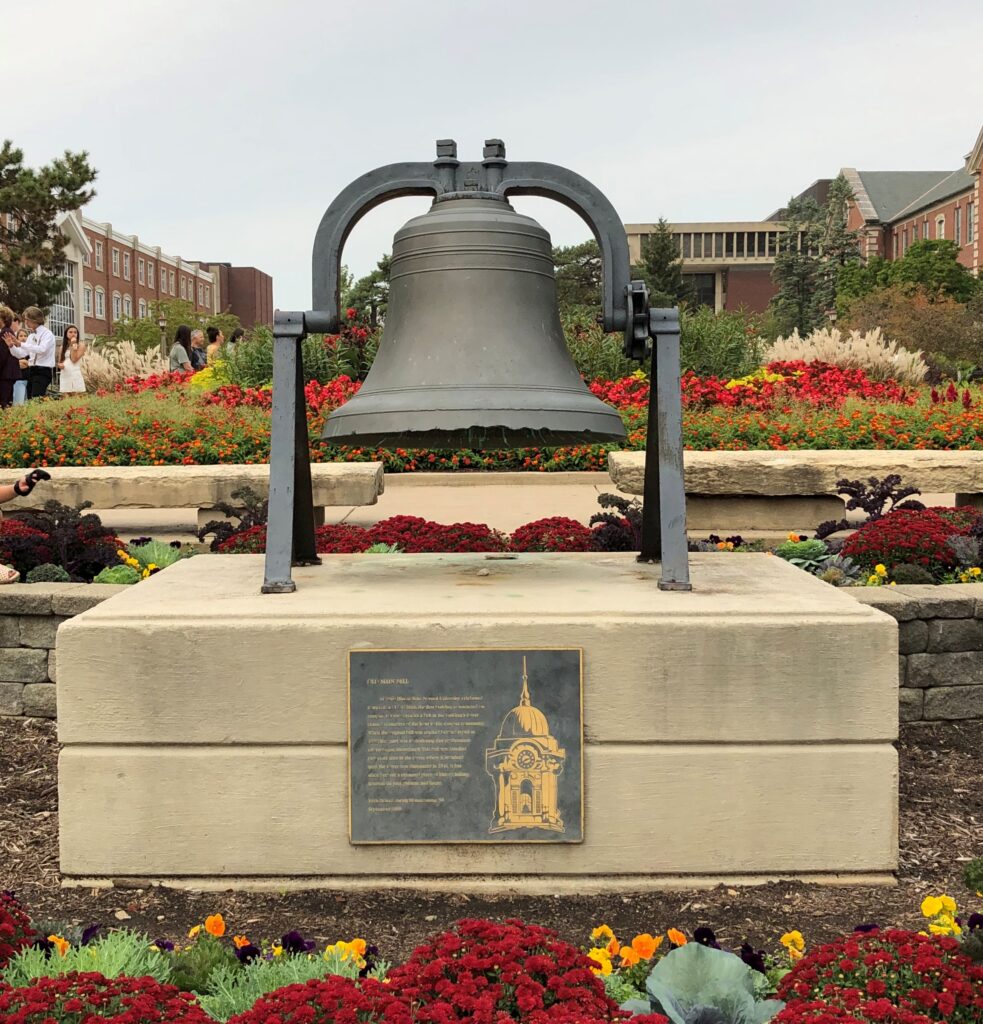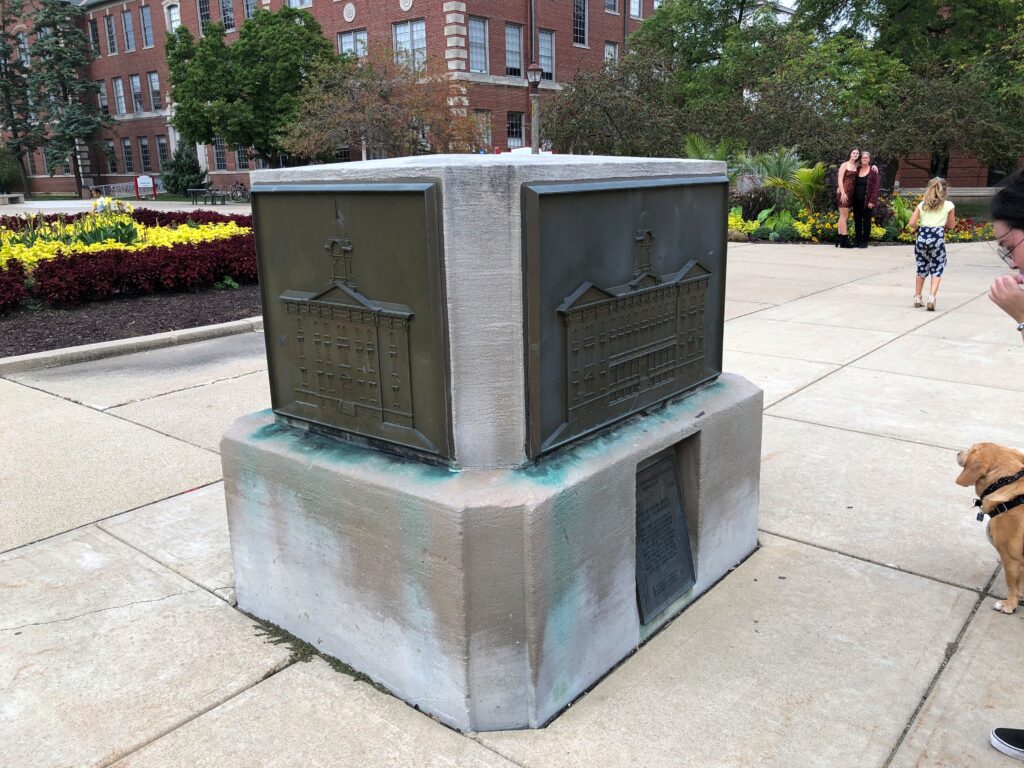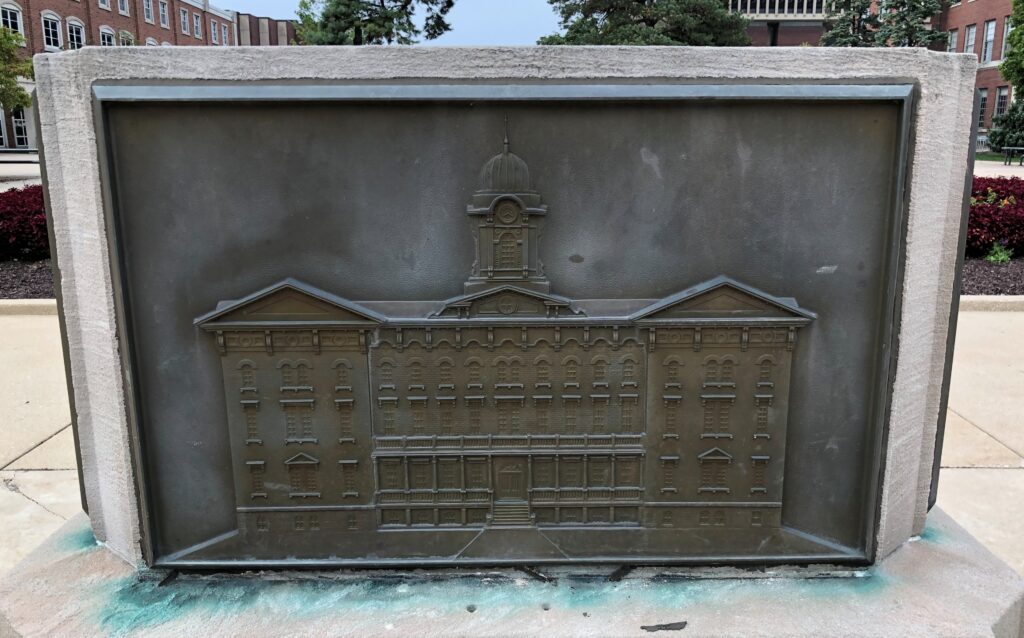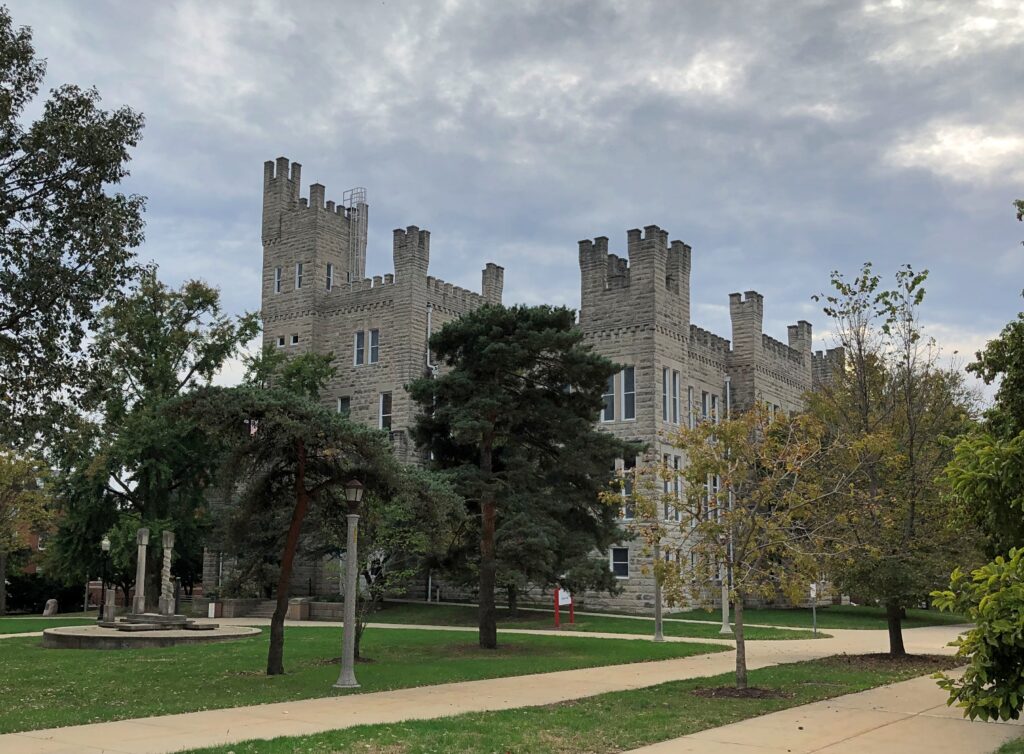One of the things Ann wanted to do when we were visiting was see a showing of Beetlejuice at the Normal Theater, a single-screen moviehouse of ’30s vintage only a few minutes’ walk from her dorm. Since Yuriko didn’t want to see the movie, she stayed in our room with the dog and I went to the show with Ann.
As it happened, I’d never seen that movie. Neither had Ann, but she didn’t have the opportunity to see it when it was new. Not sure why I didn’t. I saw a fair number of movies in my late ’80s Chicago bachelor days — first run, foreign and arthouse — both highly memorable (e.g., The Princess Bride) and much less so (e.g., the ’87 movie version of Dragnet).
It’s a fun romp. A good example of a movie that doesn’t take itself that seriously, entertainment by a talented cast working from a good script that also includes all sorts of interesting visual detail. Tim Burton certainly has a gift for the visual, which you’d think would be mandatory to be a director, but apparently not.
Lots of weirdness, bright and dark, all mixed in effective ways. For a few moments, I’d swear the look of the afterlife owed a lot to German Expressionism, but also Brazil and Kafka, with B horror movies and screwball comedies and Fellini and Saturday morning cartoons and who knows what else thrown in to the rest of the movie.
Now I believe I need to see some of the other Tim Burton movies I’ve missed, such as Edward Scissorhands, The Nightmare Before Christmas, Big Fish, Sweeney Todd and Big Eyes, and maybe re-watch Pee-wee’s Big Adventure and Batman, which I haven’t seen since the decade they were made.
Better yet, I saw Beetlejuice‘s rampant weirdness in a real movie theater. Not a multiplex, either. The Normal Theater is one of the scant few survivors of another age of moviehouses: a neighborhood theater from that time when a lot of neighborhoods had them.

It isn’t a movie palace, but its Art Moderne style is charming to modern eyes, which are inured to bland interiors.
“The architect was Arthur F. Moratz, youngest sibling of Paul O. Moratz, another prominent local architect,” the theater web site says, which also includes some good pictures. “In Bloomington, Arthur Moratz buildings include the acclaimed Art Deco-style Holy Trinity Catholic Church at the north end of downtown, and his own residence, 317 East Chestnut Street.”
When it opened in 1937, the theater had 620 seats (these days, 385). First movie: Double or Nothing, with Bing Crosby and Martha Raye. Soon it found its niche in the world of Normal moviehouses.
“The Normal, generally speaking, did not screen the just-released prestige pictures and big budget epics,” the web site says. “Those were shown instead at the Irvin (and sometimes the Castle), which were both owned by Publix Great States Theatres. After all, why would the chain compete against itself? For its part, the Normal was known for genre and B pictures, especially westerns and musicals, as well as second-run fare.”
Of course, after its heyday, the theater followed the usual course for such places, with the 1960s and ’70 being unkind to it, though the Normal limped into the ’80s, surviving as a discount theater (dollar tickets and later $1.50).
I remember paying $1 at the Josephine Theatre in San Antonio ca. 1974 to see a Marx Bros. double feature, two of their lesser-shown works, Out West and At the Circus (I think, though one of them might have been The Big Store). Later in the ’70s, that theater showed X-rated pictures, which were advertised in small print in the newspapers, and no one I knew ever went there. I’m glad to say that the Josephine was later restored, and until the pandemic at least, was open.
As for the Normal, I don’t know whether it ever showed dirty movies (the web site is silent on the matter), but in any case, it closed in 1991. “The reason we closed it is that nobody went to it,” the owner said at the time. No doubt.
Amazing to relate, the town of Normal then bought the place, and a combination of federal grants, donations and local tax dollars was used to restore the theater, with a re-opening in 1994. It’s been showing old movies, foreign films and art pictures ever since — everything a nonstandard, nonchain theater should show. Admission: $6. A bargain these days.
This month is devoted to various horror and horror-adjacent movies, serious and not. Besides Beetlejuice, on the bill are Halloween (1978), PG: Psycho Goreman, The Witch, The Brood, Nightmare on Elm Street and its immediate sequel, Destroy All Monsters, Dead of Night (Ealing Studios), Mad Monster Party and The Rocky Horror Picture Show.
I encouraged Ann to take advantage of the theater, and I think she might. The movie theaters I had access to in college, especially Sarratt Cinema at Vanderbilt and the Texas Union Theater at UT, were an entertaining part of my education — something I didn’t appreciate until some years later.
